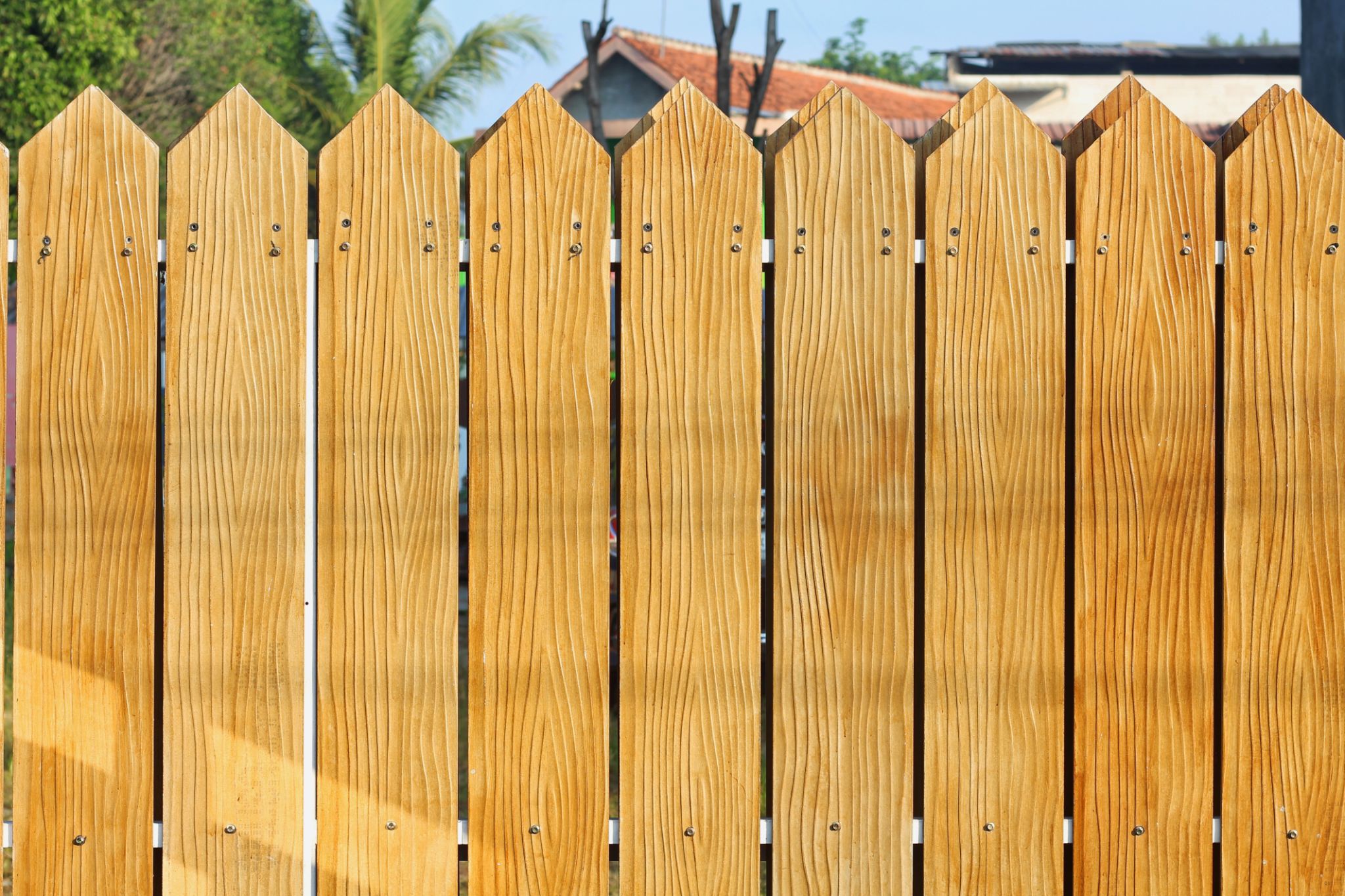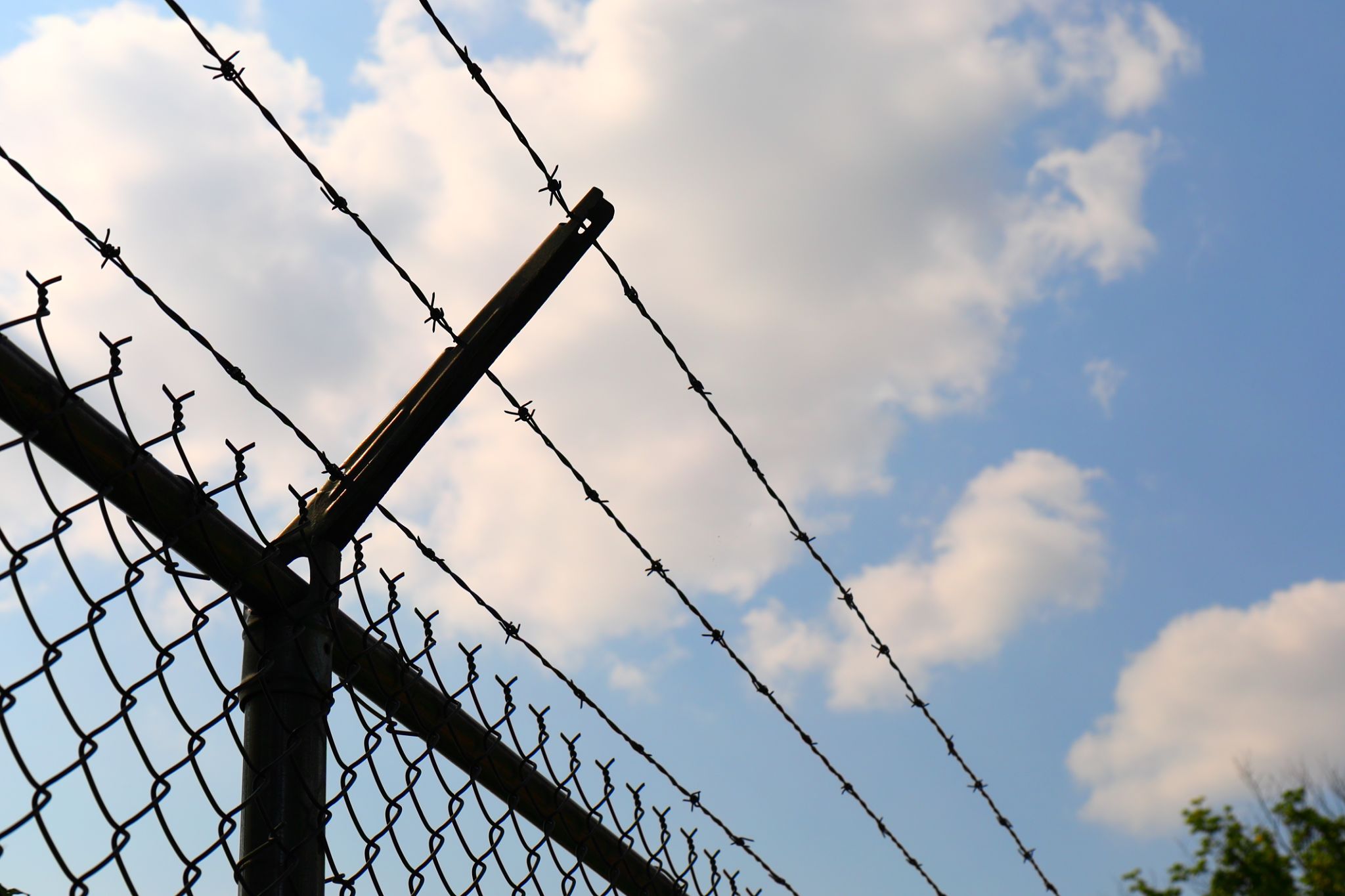The Evolution of Fencing Materials: From Timber to Aluminium
WC
Introduction to Fencing Materials
Over the centuries, fencing materials have evolved significantly, reflecting changes in technology, lifestyle, and aesthetics. From rudimentary barriers to sophisticated boundary markers, the journey of fencing materials is a fascinating story of innovation and adaptation. Let's explore how fencing has transformed, starting from traditional timber to modern aluminium.

The Era of Timber Fences
Timber was one of the first materials used for fencing, owing to its availability and ease of use. Early settlers and farmers utilized wood to construct fences that marked property lines and contained livestock. The natural beauty and warmth of timber made it a popular choice for residential fencing as well.
However, timber fences required regular maintenance to prevent rot, insect infestation, and weather damage. Despite these challenges, wood remains a favored material for its organic charm and versatility.
The Introduction of Iron and Steel
As industrialization progressed, iron and later steel became prominent materials for fencing. Known for their durability and strength, these metals offered a level of security that timber could not. Wrought iron fences, in particular, became synonymous with elegance and prestige.

Steel fences provided a more affordable alternative to wrought iron while maintaining robust security properties. These metal fences often featured intricate designs, enhancing the curb appeal of properties they enclosed.
The Rise of Vinyl Fencing
The latter half of the 20th century saw the emergence of vinyl as a fencing material. Vinyl fences offered a modern solution that combined the aesthetic appeal of wood with the low-maintenance benefits of synthetic materials. They are resistant to rot, pests, and fading, making them an attractive option for homeowners seeking durability without sacrificing style.
Vinyl fencing also allows for a wide range of designs and colors, providing flexibility in landscape architecture.

The Modern Choice: Aluminium Fencing
In recent years, aluminium has emerged as a leading choice in fencing materials. Aluminium fences provide the perfect balance of strength, lightweight properties, and corrosion resistance. Unlike steel or iron, aluminium does not rust, making it ideal for various climates.
Aluminium fences are also celebrated for their design versatility, available in numerous styles and finishes to suit different architectural tastes. Additionally, they are easy to install and require minimal maintenance compared to traditional materials.
Benefits of Aluminium Fencing
- Durability: Resistant to rust and corrosion.
- Low Maintenance: Requires little upkeep.
- Versatility: Available in various styles and colors.
- Eco-Friendly: Often made from recyclable materials.

The Future of Fencing Materials
Looking ahead, the future of fencing materials is likely to focus on sustainability and technological integration. Innovations such as smart fences with integrated security features and eco-friendly materials are set to redefine how we perceive boundaries.
The evolution from timber to aluminium highlights the industry's adaptability and commitment to meeting changing consumer needs. As technology continues to advance, who knows what exciting developments await the world of fencing?
